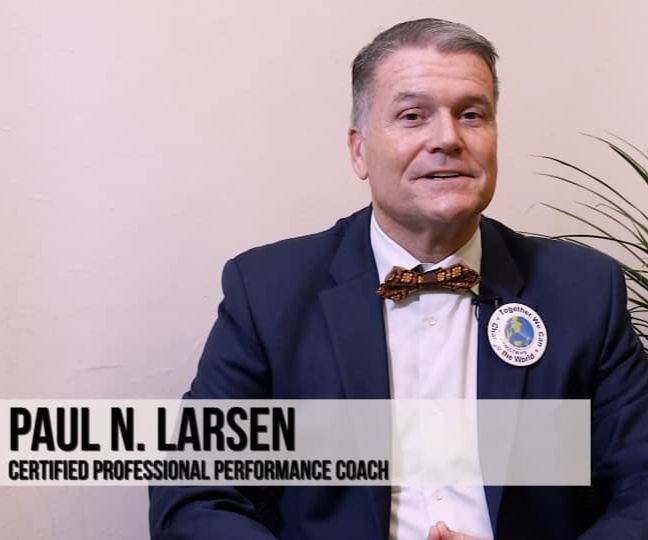Are You Prioritising Your Human Capital?

How can you make your organisation the best place to work?
So, how does human capital fit in with how healthy a company really is?
The health of individuals within a society is a good reflection of that human capital, so there is a genuine cause for concern when it comes to our health.
Life is stressful
The Stress and Wellbeing in Australia Survey, conducted by the Australian Psychological Society found that five million Australians reported their current stress levels had an impact on their physical health.
This may be an underestimation as its seems that everybody is stressed, and that stress, is having a significant impact on people’s health. Not all stress is bad but understanding it is important.
This is especially true when considering that preventable chronic diseases like heart disease, cancer, autoimmune diseases, diabetes, dementia and obesity – not to mention mental health issues such as depression and anxiety – are all on the rise, and it’s not just because society is getting older.
The problem
When we are faced with a health crisis, there is no better place to be than in our healthcare system. Unfortunately, it has largely become a chronic disease management system, literally fed by the food industry and managed by the pharmaceutical and medical industry.
It’s a great economic model, just not a very good health model. This is reflected in the financial and human costs, which are without a doubt, unsustainable.
Business leaders are uniquely placed to inspire, prioritise, facilitate, and improve the health of the individuals who spend so much of their lives under their leadership.
Public health messages are often confusing, contradictory, and are frequently sponsored by those very industries whose business model is dependent on long-term chronic disease management, rather than health and wellness.

READ: Keeping The Human Magic Alive In Your Business
Your health is in your hands
If the evidence is anything to go by, things need to change. That change has to come from the ground up – empowering individuals to take control of their own health – focused on building physical, mental, and emotional resilience to face the challenges of our modern world.
Understanding how stress has the potential to compromise immune function and promote chronic inflammation is key to dealing with the challenge of stress.
A useful model is to identify five kinds of stress: emotional, environmental, nutritional, postural, and dental. They are inseparable. The final stress may surprise people, but it is a hidden epidemic going on right underneath people’s noses.
In conclusion
As the challenges faced in today’s world become more complicated, the solutions are remarkably simple.
Focusing on the five pillars of health – sleep, breathe, nourish, movement, and thought – gives a simple and sustainable framework with which to take control of one’s health.
There has never been a better opportunity for leaders to lead and affect this profound and positive change. A healthy company is a company that people will want to work in, and a company that people will want to work with.
If business is truly the foundation on which our society is built, it’s a great time for leaders to step up and lead the change that is so badly needed.
Dr Ron Ehrlich is a corporate health specialist and author of A Life Less Stressed; the 5 pillars of health & wellness. Email editor@leaderonomics.com or visit www.drronehrlich.com to learn more.
Functional
This article is published by the editors of Leaderonomics.com with the consent of the guest author.





